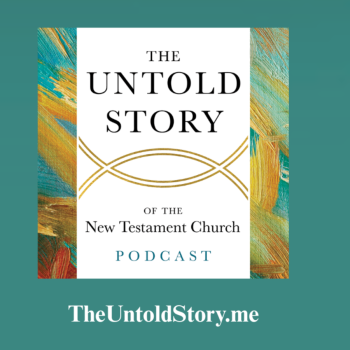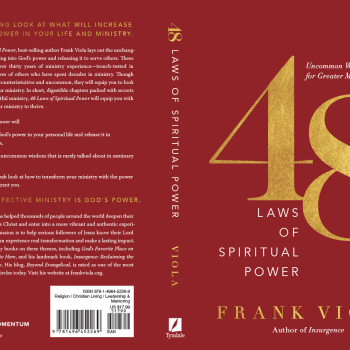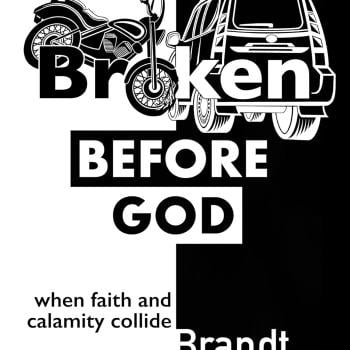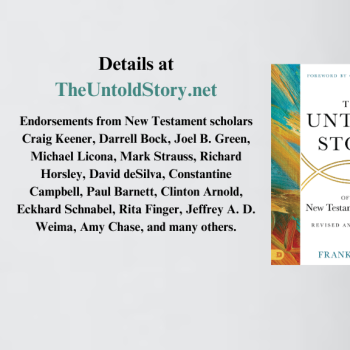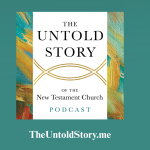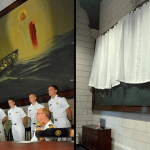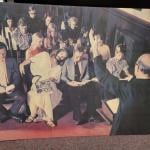Preaching at the Crossroads by David Lose examines how contemporary preachers can deliver their message effectively in a secular, postmodern, pluralistic world.
For Lose, preaching is an odyssey of the spirit in which all preachers stand at a crossroads. The world has changed. Lose surveys the world to which all preachers must share the gospel.
Preaching today is broken and it needs to be fixed. Thus preaching effectively requires creativity and familiarity with the audience, which includes how they think and view things.
In this regard, preachers are artists. They are creators. While they use the sacred text, how they apply it is a work of art.
In the spirit of the NT, preachers of the gospel are to understand the world and connect with it, while being set apart from it in lifestyle.
Christians are in the world, but not of or from it. We are against the world system, yet we love the world that’s a part of that system.
Therein lies the tightrope of the faithful preacher today.
According to Lose, Preaching in a pluralistic, postmodern, and secular age requires us to take our own spirituality responsibly. Preaching effectively requires imagination saturated by God’s Word. To connect, we need to learn how to speak the language of the culture.
David Lose has served preachers well by his book. Preach faithfully, receive from God and observe the world. There are outer and inner dimensions of preaching.
Lose takes preachers on a journey of the major cultural influences of the last century. He unfolds how the culture has diseffected the church.
The book is full of clear analysis and helpful suggestions.
For Lose, preaching is an art that needs to be reclaimed and reframed by the gospel.
Lose has a good grasp on philosophy, hermeneutics, and the digital age.
The book is broken up into 3 parts.
Postmodernism – Lose sketches out postmodernism and explains how preaching can be done effectively and faithfully to the gospel to the postmodern mind.
Secularism – Lose explains what secularism is in general and talks about how preachers can bring hope to the discouragement engendered by secular ideals.
Pluarlism – Lose does a good job sketching out the tenants of pluralism and presents how preachers can isolate the Christian identity in the midst of pluarlism.
An interesting section is where Lose references a prominent philosopher who broke world history up into three periods and identified those periods by the questions asked. Those three periods are:
The Ancient World = how does one escape the finality of life and enjoy eternal life?
The Middle Ages = how can a holy God overlook our sin and guilt and offer mercy and forgiveness?
The Modern Era = how do I make sense of my life and find my place in the world?
Lose moves the conversation forward and says that the following philosophies ask these questions:
Postmodernism = how do we know for certain if something or anything is true?
Secularism = where do we find hope? does my life and labor have any enduring value or meaning?
Pluralism = what does it mean to be a Christian and how does the Christian story help me navigate my own life?
The entire book is an attempt to answer these questions and show how preaching should be done in answer to them.
One thing I’d add is that effective preaching is not just a matter of knowing one’s audience and the mindsets that govern them. While this is helpful, it’s not enough.
Preaching, from a biblical perspective, is something supernatural. God chose preaching to reveal His Son and to win the hearts of humans.
Thus effective preaching also requires two things: (1) revelation on the part of the preacher. Namely, a revelation of Jesus Christ, and (2) the anointing of the Spirit.
For a rich discussion on these two elements, there’s no better book than Watchman Nee’s The Ministry of God’s Word.








